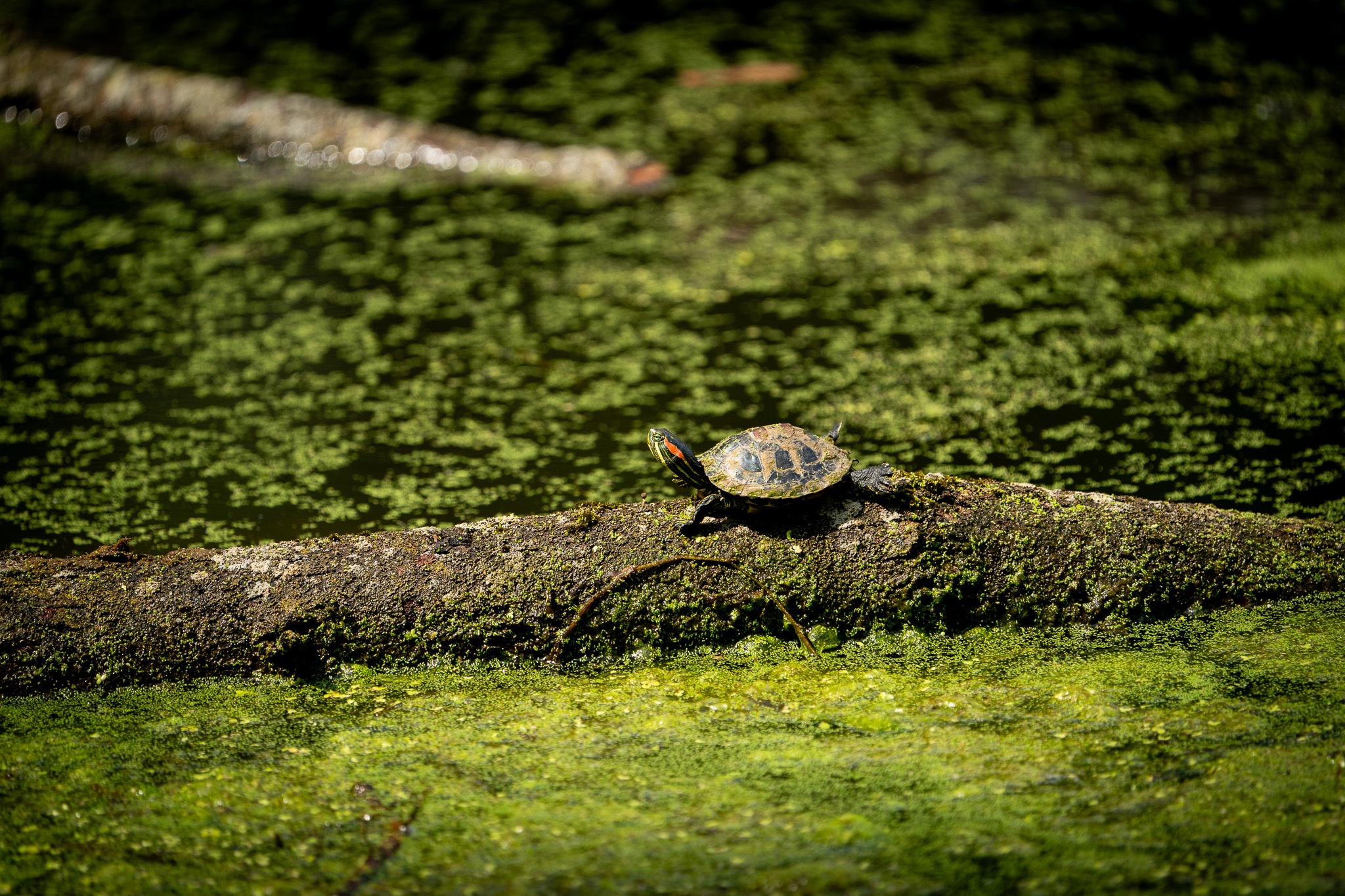Sawmill Creek Wildlife Management Area
- Lyndhurst
- New Jersey
- United States
Hydrodynamic and sediment transport modeling help inform a plan to restore tidal flow, ecological function, and resilience to 740 acres of tidal marsh.
Once a thriving tidal marsh, the 1,340-acre Sawmill Creek Basin has been highly impacted by anthropogenic disturbances over the last two centuries. Dikes, tide gates, ditches and other modifications altered the basin’s natural hydrology and severely degraded ecosystem services such as habitat, carbon sequestration, storm surge protection, and water quality improvement. Although tidal flow was restored to the eastern marsh in 1950, when the tide gates and dikes were breached during a Nor’easter, marsh subsidence and large swaths of mudflats and open water still remained. The western portion of the basin, which includes a meadow created with construction fill in the 1960s and a bermed trail bisecting the basin, experienced wetland loss due to restricted tidal flow. In addition to its degraded habitat and ecological function, the basin had become a carbon source rather than a sink.
As a critical first step in advancing the New Jersey Sports and Exhibition Authority’s Meadowlands Research and Restoration Institute (NJSEA) vision of a restored mosaic of functioning coastal habitats, Biohabitats developed hydrodynamic and sediment transport modeling of the basin’s tidal system. Beginning with the 740-acre eastern portion of the site, Biohabitats created a two-dimensional hydrodynamic and sediment transport model for the complex of existing channels, mudflat, and marsh. The model, which was informed by detailed LIDAR and hydrodynamic monitoring, was used to determine the best approaches for restoration and identify potential pilot projects to test restoration strategies.
Biohabitats then expanded the model domain by an additional 650 acres to include the western portion of the basin and evaluate the impacts of a bermed trail and culverts that bisect the basin. The berm and degraded culverts restrict tidal flow across almost half of the western basin, creating unsuitable conditions for target marsh vegetation. The project area also includes the Harrier Meadow Wetland Enhancement site, which is hydrologically connected to the mudflats of the western basin. The model will characterize the existing hydrodynamic conditions and inform NJSEA of suitable restoration approaches for meeting habitat goals across the mudflats and within the Harrier Meadow enhancement area. The model also considers and the impact of sea level rise to more accurately determine the site’s full ecological and carbon sequestration value into the future.
-
Owner: New Jersey Sports and Exposition Authority
-
Bioregion: Hudson River
